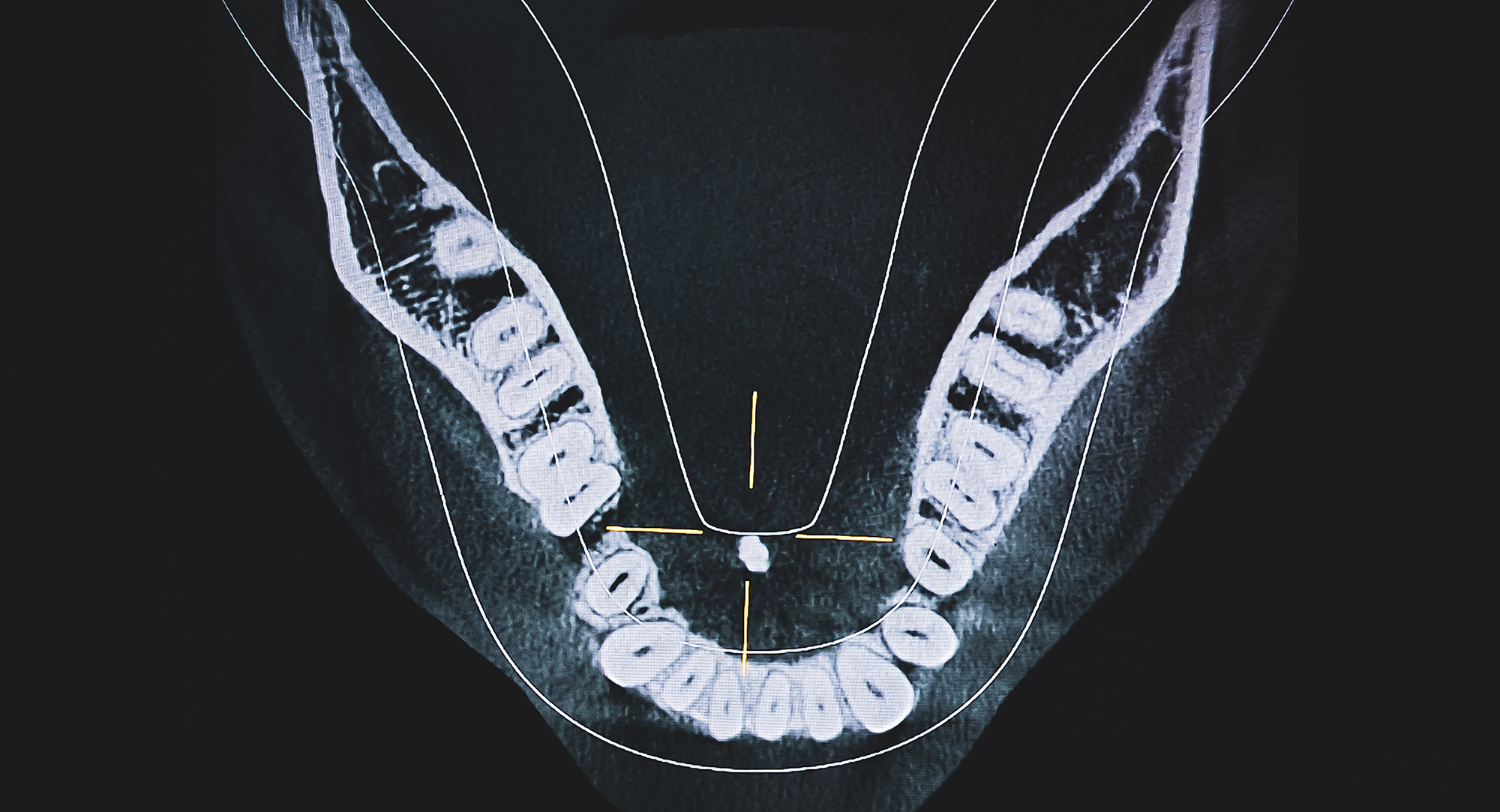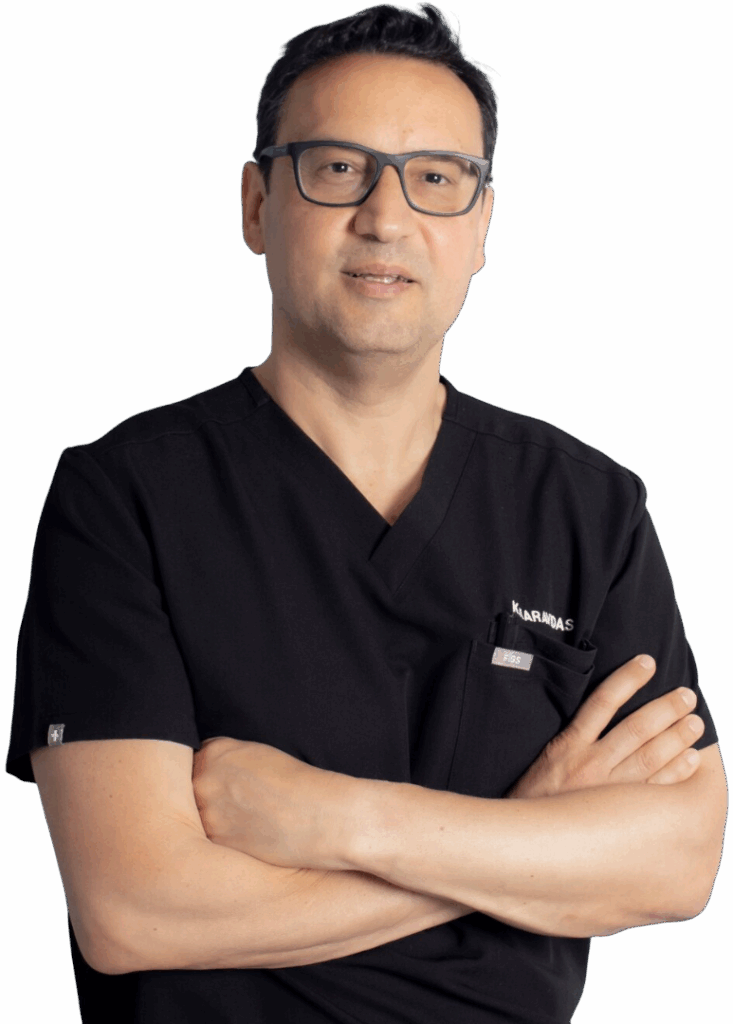Salivary Gland Stone Treatment (Sialolithiasis)

- Intermittent swelling in the mouth, jaw, or neck
- Sharp pain that intensifies when eating or drinking
- Dry mouth or reduced saliva flow
- Visible or palpable lump inside the mouth or under the tongue
- Recurrent salivary gland infection or pus discharge
Home » Conditions » Salivary Gland Stone Treatment
Effective Relief for Salivary Gland Stones
A salivary gland stone, also known as sialolithiasis, develops when hardened deposits form inside the ducts that carry saliva into the mouth. These stones can obstruct saliva flow, leading to swelling, discomfort and recurrent infections.
While some stones may pass on their own, many require professional care. At Head2Neck, we offer comprehensive salivary gland stone treatment designed to identify the cause, relieve obstruction and restore normal gland function.
What is Sialolithiasis (Salivary Gland Stone)?

A salivary gland stone is a calcified deposit that forms inside the salivary ducts, most often affecting the submandibular glands beneath the jaw. Less commonly, they can occur in the parotid glands near the cheeks. The blockage prevents saliva from draining properly, causing painful swelling, particularly when eating or drinking.
These stones vary in size, from tiny grains that pass unnoticed to larger obstructions that require specialist removal. Recognising and addressing the problem early can prevent complications such as recurrent infections or chronic gland damage.

Symptoms of a Blocked Salivary Gland
The presence of a salivary gland stone often causes symptoms that worsen around mealtimes when saliva production increases. Signs may include:
- Intermittent swelling in the mouth, jaw, or neck
- Sharp pain that intensifies when eating or drinking
- Dry mouth or reduced saliva flow
- Visible or palpable lump inside the mouth or under the tongue
- Recurrent salivary gland infection or pus discharge
- Difficulty opening the mouth fully or swallowing comfortably
What Causes Salivary Gland Stones?
Sialolithiasis develops when mineral salts crystallise within the salivary ducts. Several factors can contribute to stone formation, including:
Dehydration reducing saliva production
Blocked salivary gland ducts or poor saliva drainage
Changes in the composition of saliva, making it thicker
Reduced oral hygiene practices
Medications that lower saliva flow
Age-related changes or reduced immunity
Previous head and neck surgery affecting salivary ducts
When to See a Specialist for Salivary Gland Stones
Not every salivary gland stone requires urgent treatment, but prompt assessment is important if symptoms do not resolve. You should see a specialist if:
- Swelling becomes severe or persistent
- Pain worsens during meals or interferes with daily life
- There is discharge of pus or recurrent infection
- Stones repeatedly form in the same gland
- Difficulty opening the mouth or swallowing develops
Early intervention helps prevent long-term gland damage and ensures the most effective salivary stone removal approach is chosen.
How Salivary Gland Stones
Are Diagnosed at Head2Neck
At Head2Neck, diagnosis is carried out by Consultant Surgeon Mr Konstantinos Karavidas, who specialises in salivary gland conditions. Assessment begins with a medical history and examination, followed by imaging such as ultrasound, MRI, or CT to confirm any salivary duct obstruction.
In some cases, sialendoscopy is used, allowing direct visualisation of the ducts and accurate identification of stones. This thorough approach ensures treatment is precise and effective.
Treatment Options for Salivary Gland Stones
The best approach to salivary gland stone treatment depends on stone size, location and symptoms. At Head2Neck, we provide a full range of tailored solutions.
Conservative Management for Stones
Small stones may pass naturally with the help of increased hydration, salivary gland massage and warm compresses. Sour foods can also stimulate saliva flow and sometimes dislodge minor blockages.
Minimally Invasive Sialendoscopy
For stones lodged deeper within the ducts, sialendoscopy offers a minimally invasive solution. Using a fine endoscope, stones can often be located and removed without the need for open surgery. This technique is particularly effective in treating submandibular gland stones and recurrent obstructions.
Surgical Options for Salivary Gland Stones
When stones are too large or inaccessible for endoscopic removal, surgery may be required. Depending on the case, this may involve a small incision to extract the stone or, in rare circumstances, removal of the affected gland. At Head2Neck, advanced surgical techniques are used to ensure precision, safety and effective outcomes.
If you would like to understand more about the treatment journey, including what to expect before and after care, please see our Patient Info page.
Why Choose Head2Neck for Your Salivary Gland Stone Treatment?
Successful salivary gland stone treatment depends on more than just removing the obstruction. At Head2Neck, we provide care that considers the entire journey, from diagnosis and stone removal through to prevention of recurrence and long-term support.
- Consultant-led care from a head and neck surgeon specialising in salivary gland surgery
- Access to advanced techniques, including sialendoscopy and minimally invasive removal methods
- Individualised care plans addressing both immediate stone removal and prevention of recurrence
- Convenient access to clinics across London, Essex, Hertfordshire and Bedfordshire
- A patient-focused approach, ensuring clear communication and supportive aftercare throughout treatment






What Our Patients Say
I’ve been seeing Mr Karavidas since Feb 25 and have had several consultations and 2 surgical procedures at Cobham Clinic. He is extremely thorough and makes sure you understand every step of what’s happening with any diagnosis and procedure. Fantastic service.
A.B. 08/06/2025
Clear explanations, very reassuring throughout consultations and proceedure. Mr Karavidas made me feel at ease, his professionalism immediately evident. Highly recommended.
N.A. 10/03/2025
I was beyond impressed by Mr Karavidas. He took the time to listen to all my concerns, reassured me & gave the very best advice. He was friendly and put me at complete ease. I was very well taken care of and cannot thank him enough. I highly recommend!
V.G. 19/02/2025
Two lower wisdom teeth removal. Couldn’t fault the service. Excellent and extremely responsible after care from Mr Karavidas.
J.L. 02/12/2024
My experience with Dr Karavidas and his team was exceptional. I felt extremely cared for and informed throughout and could not have asked for more. To top it off we had a fully successful outcome after an oral procedure which means I can eat again! Thank you so much.
S.J. 21/10/2024
I’ve been seeing Mr Karavidas since Feb 25 and have had several consultations and 2 surgical procedures at Cobham Clinic. He is extremely thorough and makes sure you understand every step of what’s happening with any diagnosis and procedure. Fantastic service.
A.B. 08/06/2025
Clear explanations, very reassuring throughout consultations and proceedure. Mr Karavidas made me feel at ease, his professionalism immediately evident. Highly recommended.
N.A. 10/03/2025
I was beyond impressed by Mr Karavidas. He took the time to listen to all my concerns, reassured me & gave the very best advice. He was friendly and put me at complete ease. I was very well taken care of and cannot thank him enough. I highly recommend!
V.G. 19/02/2025
Two lower wisdom teeth removal. Couldn’t fault the service. Excellent and extremely responsible after care from Mr Karavidas.
J.L. 02/12/2024
My experience with Dr Karavidas and his team was exceptional. I felt extremely cared for and informed throughout and could not have asked for more. To top it off we had a fully successful outcome after an oral procedure which means I can eat again! Thank you so much.
S.J. 21/10/2024

Frequently Asked Questions
What causes salivary gland stones?
Salivary gland stones develop when mineral salts crystallise inside the ducts and block the flow of saliva. Dehydration, reduced saliva flow, or thicker saliva can contribute. Poor oral hygiene and certain medications may also increase the risk.
How do you treat salivary gland stones?
Small stones may clear with hydration, massage, or saliva stimulation. Larger stones often require procedures such as sialendoscopy to remove them safely. In rare cases, surgery may be necessary if other options are not effective.
Can salivary gland stones go away on their own?
Yes, very small stones can sometimes pass naturally, especially with good hydration and saliva stimulation. However, larger stones usually remain in place and cause repeated problems. Medical treatment is often needed to prevent further issues.
What are the symptoms of a salivary gland stone?
The most common symptoms are swelling and pain around the jaw or under the tongue, especially during meals. Some people also experience a dry mouth, reduced saliva flow, or an unpleasant taste. Severe cases may lead to pus discharge or difficulty opening the mouth.
How serious is sialolithiasis?
Sialolithiasis is not usually life-threatening but can cause significant discomfort if untreated. Repeated obstructions increase the risk of infection and long-term damage to the gland. Early treatment helps avoid these complications.
How are salivary gland stones removed?
Sialendoscopy is often used as a minimally invasive method to locate and remove stones from the ducts. Smaller stones can usually be taken out directly during this procedure. Larger or deeper stones may need a surgical approach for safe and complete removal.
Can dehydration cause salivary gland stones?
Yes, dehydration is one of the most common risk factors because it reduces saliva flow. When saliva becomes concentrated, mineral deposits are more likely to form. Maintaining good hydration can help lower the risk.
Do salivary gland stones come back after treatment?
Stones can recur, especially if underlying risk factors are not addressed. Preventive care, such as good hydration and oral hygiene, can help reduce recurrence. Regular monitoring may also be recommended for those with repeated episodes.
Is surgery always required for salivary gland stones?
No, many stones can be treated without surgery using conservative care or sialendoscopy. Surgery is only considered when less invasive options are not suitable. Advances in treatment mean most patients avoid gland removal.
Book a Consultation with Mr. Karavidas


